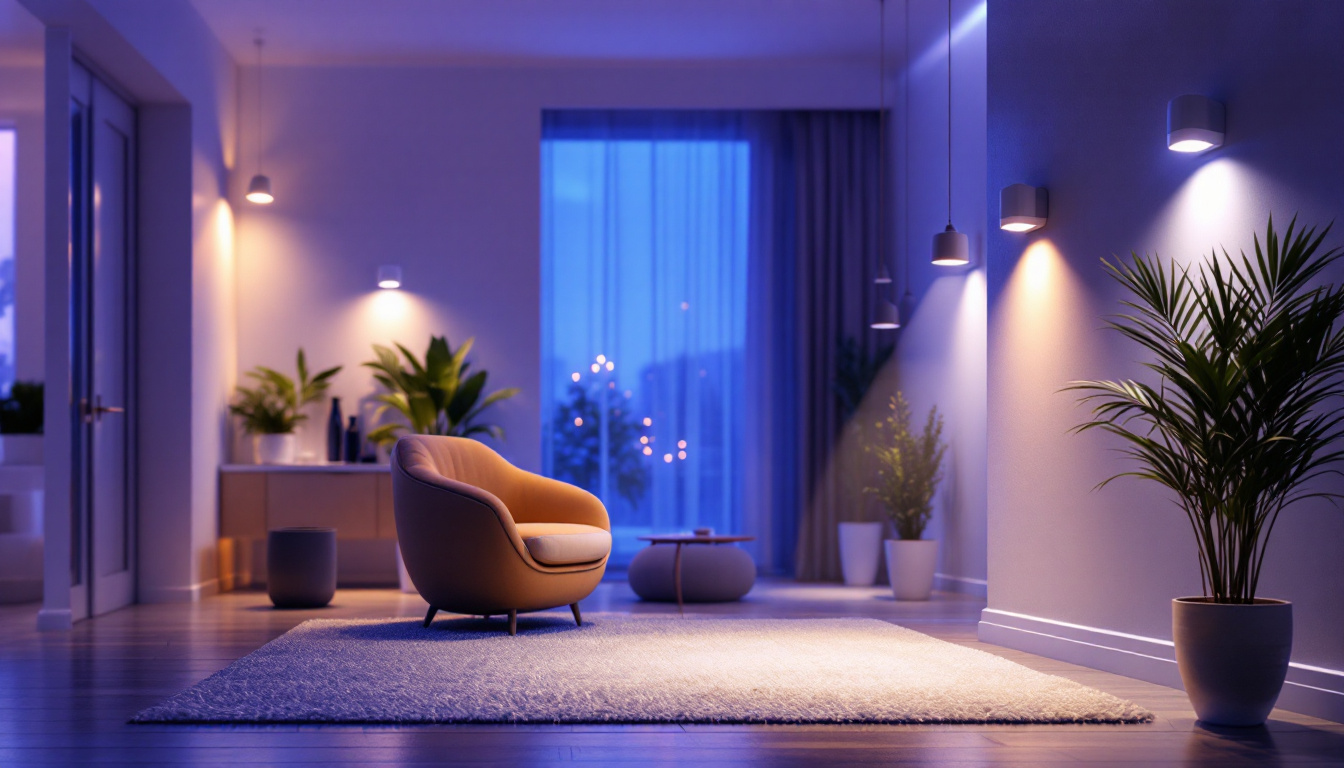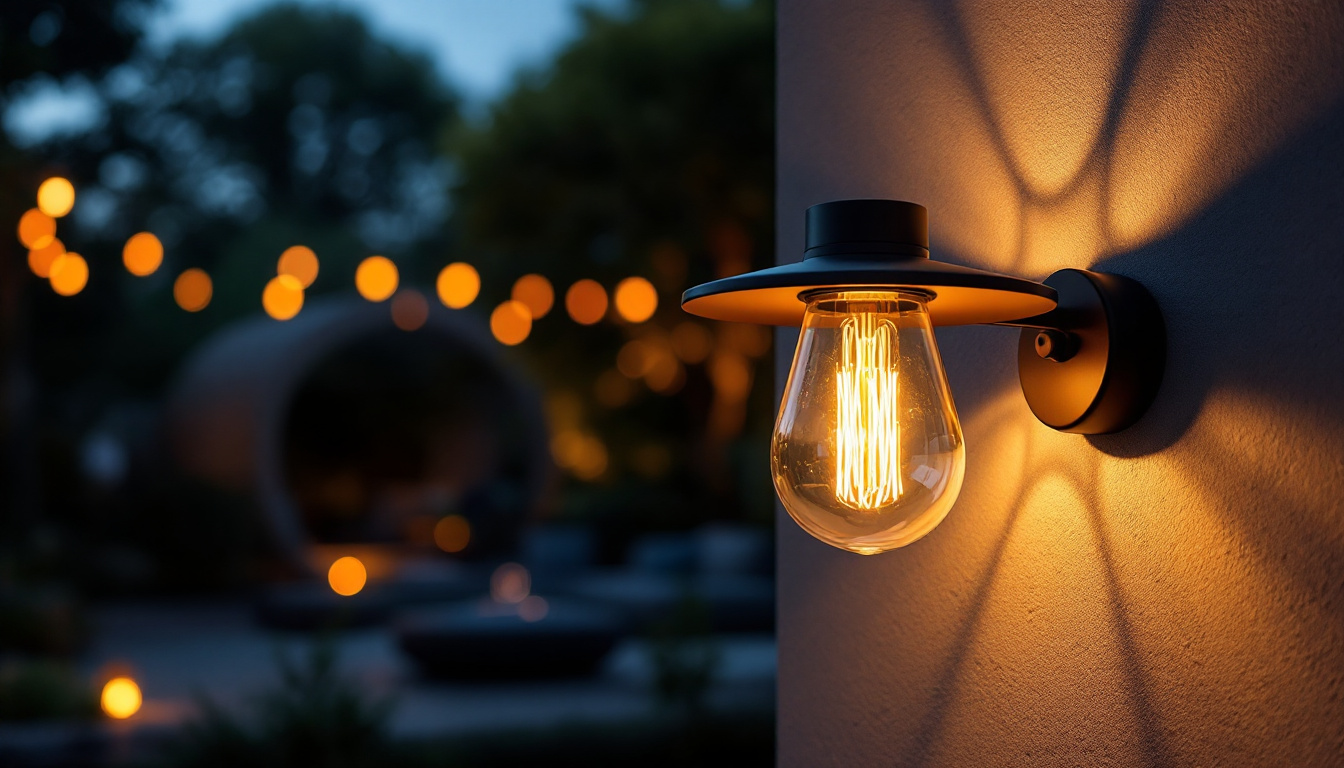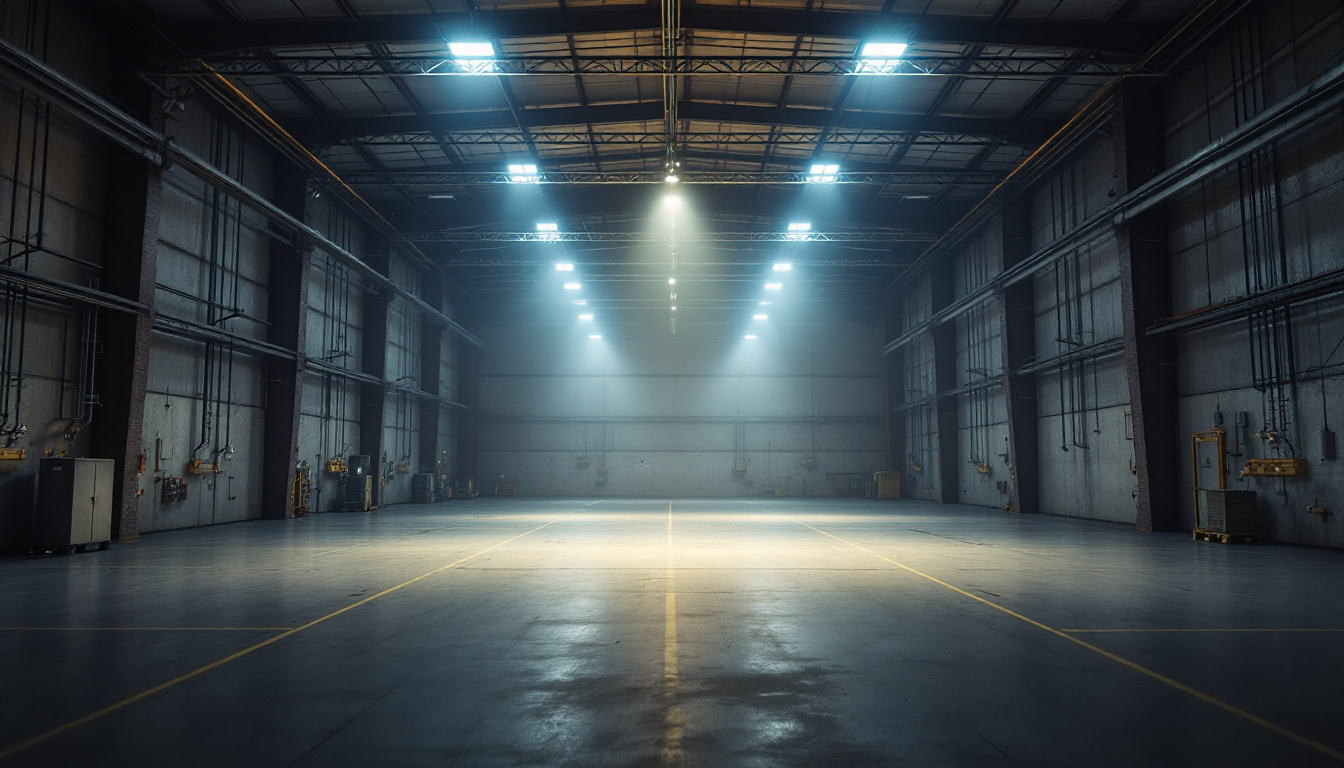
In the ever-evolving world of lighting design, the integration of automatic motion technology has become a game-changer for contractors. This innovative approach not only enhances energy efficiency but also elevates user experience. As the demand for smart lighting solutions continues to rise, understanding how to effectively implement these systems is crucial for lighting contractors aiming to stay ahead of the competition.
Automatic motion technology refers to lighting systems that respond to movement, adjusting brightness and activation based on occupancy. This technology utilizes sensors, timers, and smart controls to create a dynamic lighting environment that can significantly reduce energy consumption while providing optimal illumination. By adapting to the presence or absence of people in a space, these systems not only enhance convenience but also contribute to a more sustainable approach to energy use.
There are various types of motion sensors that lighting contractors can utilize, each with its own set of advantages. Passive Infrared (PIR) sensors detect body heat, making them ideal for indoor applications. Ultrasonic sensors, on the other hand, emit sound waves to detect movement, allowing them to cover larger areas and work effectively in complex spaces. These sensors are particularly useful in environments with high ceilings or where traditional sensors might struggle to detect motion effectively.
Another option is dual technology sensors, which combine both PIR and ultrasonic technologies. This hybrid approach minimizes false triggers and ensures more reliable operation in diverse environments. Understanding the nuances of these sensors is key for contractors looking to provide tailored solutions for their clients. For instance, in a busy office setting, the ability to differentiate between human movement and other disturbances can lead to a more efficient lighting system that only activates when necessary, enhancing productivity while conserving energy.
Smart controls play a vital role in the effectiveness of automatic motion systems. These controls allow for customizable settings, enabling users to adjust sensitivity, timing, and brightness levels according to their preferences. By integrating smart controls with motion sensors, contractors can offer clients a seamless and user-friendly experience. This adaptability is particularly beneficial in spaces that serve multiple functions, such as conference rooms or community centers, where lighting needs may vary significantly throughout the day.
Additionally, many smart control systems can be integrated with other building management systems, allowing for centralized control of lighting, heating, and cooling. This integration not only enhances convenience but also contributes to overall energy savings, making it an attractive option for both residential and commercial clients. Furthermore, with the rise of mobile applications and voice-activated technology, users can now control their lighting systems remotely, providing an added layer of flexibility and control that aligns with modern lifestyles.
One of the most significant benefits of automatic motion technology is its potential for energy efficiency. By ensuring that lights are only on when needed, contractors can help clients reduce their energy bills and lower their carbon footprint. This is particularly important in today’s environmentally conscious market, where sustainability is a key selling point. The implementation of these systems not only leads to immediate cost savings but also contributes to long-term environmental goals, making them a wise investment for the future.
Moreover, many regions offer incentives for energy-efficient upgrades, making the installation of automatic motion systems not only an environmentally responsible choice but also a financially savvy one. Contractors who can articulate these benefits to clients will find themselves in a strong position to secure new projects. Additionally, as building codes increasingly favor energy-efficient solutions, staying ahead of these trends will enable contractors to position themselves as leaders in the industry, ultimately fostering a reputation for innovation and reliability in energy management solutions.
Designing an effective lighting solution that incorporates automatic motion technology requires a comprehensive understanding of the space and its usage patterns. Lighting contractors must assess the specific needs of each project to create a tailored solution that maximizes both functionality and aesthetics.
A thorough site assessment is the foundation of any successful lighting design. Contractors should evaluate the layout, purpose, and traffic patterns of the space to determine the most effective placement of motion sensors and lighting fixtures. This assessment should also consider factors such as natural light availability and the overall design aesthetic.
By gathering this information, contractors can make informed decisions about the types of sensors and fixtures that will best serve the space, ensuring that the lighting system is both efficient and visually appealing.
Layered lighting design involves combining different types of lighting—ambient, task, and accent—to create a well-balanced and functional environment. When integrating automatic motion technology, contractors should consider how each layer of light will interact with motion sensors.
For instance, ambient lighting can be set to automatically adjust based on occupancy, while task lighting can be activated when a specific area is in use. Accent lighting can be programmed to highlight features or artwork, adding depth and character to the space. This thoughtful approach ensures that the lighting system enhances both the functionality and aesthetics of the environment.
Once the lighting system is installed, testing and fine-tuning are essential to ensure optimal performance. Contractors should conduct thorough testing of the motion sensors and smart controls to verify that they respond accurately to movement and adjust lighting levels as intended.
Fine-tuning may involve adjusting sensor sensitivity, timing settings, or even the placement of fixtures to achieve the desired effect. This step is crucial for delivering a high-quality lighting solution that meets the client’s expectations and enhances their experience.
While the benefits of automatic motion technology are clear, lighting contractors may encounter challenges during implementation. Understanding these challenges and developing effective solutions is essential for successful project execution.
One common challenge with motion sensors is the occurrence of false triggers, which can lead to unnecessary energy consumption and user frustration. Factors such as pets, moving objects, or even drafts can cause sensors to activate unexpectedly.
To mitigate this issue, contractors should carefully select the type of sensor based on the specific environment and its potential for interference. Additionally, adjusting the sensitivity settings can help reduce false triggers while ensuring that the system remains responsive to actual occupancy.
Integrating automatic motion technology with existing lighting systems can present its own set of challenges. Older systems may not be compatible with modern smart controls, requiring additional retrofitting or replacement of fixtures.
Contractors should conduct a thorough evaluation of the existing system and present clients with options for integration or upgrade. Providing clear communication about costs and benefits will help clients make informed decisions that align with their goals.
Once the system is installed, clients may require training to fully understand how to utilize the new technology. Providing comprehensive training and ongoing support is essential for ensuring client satisfaction and maximizing the benefits of automatic motion systems.
Contractors should offer user-friendly guides, demonstrations, and troubleshooting assistance to empower clients to take full advantage of their new lighting solutions. This proactive approach fosters trust and can lead to future referrals and repeat business.
The lighting industry is rapidly evolving, and staying ahead of trends is crucial for lighting contractors. Embracing new technologies and continuously expanding knowledge will ensure that contractors remain competitive in the marketplace.
Investing in continuing education and training is essential for lighting contractors looking to master automatic motion technology. Workshops, online courses, and industry conferences provide valuable opportunities to learn about the latest advancements and best practices in lighting design.
By staying informed about emerging technologies and trends, contractors can offer clients innovative solutions that meet their evolving needs, positioning themselves as experts in the field.
Building relationships with other professionals in the industry can open doors to new opportunities and insights. Networking with architects, interior designers, and builders can lead to collaborative projects that incorporate automatic motion technology in innovative ways.
Participating in industry associations and local trade shows can also provide valuable exposure and connections. By fostering these relationships, contractors can stay informed about market trends and gain access to new resources and tools that enhance their offerings.
In today’s digital age, leveraging technology for marketing is essential for reaching potential clients. Contractors should consider utilizing social media, email marketing, and a professional website to showcase their expertise in automatic motion technology.
Creating informative content, such as blog posts or videos, can help educate clients about the benefits of smart lighting solutions and position contractors as thought leaders in the industry. Engaging with clients through online platforms can also foster relationships and encourage referrals.
Mastering automatic motion technology is an invaluable skill for lighting contractors looking to enhance their services and meet the demands of modern clients. By understanding the intricacies of motion sensors, smart controls, and effective design strategies, contractors can create innovative lighting solutions that offer both functionality and energy efficiency.
As the industry continues to evolve, staying informed and adaptable will be key to success. By investing in education, networking, and leveraging technology, lighting contractors can position themselves as leaders in the field, ready to embrace the future of lighting design.
Ready to elevate your lighting solutions and stay ahead in the competitive market? At LumenWholesale, we provide you with the cutting-edge, spec-grade lighting products you need to master automatic motion technology. Our unbeatable wholesale prices mean you can offer your clients top-quality lighting without the burden of inflated costs. With our expansive selection that meets rigorous industry standards, you can ensure every project shines with reliability and performance. Plus, with the convenience of free shipping on bulk orders, you can enjoy the best value without any hidden fees. Don’t compromise on quality or cost. Discover wholesale lighting at the best value today and bring your lighting designs into the future with LumenWholesale.

Discover the essentials of airport spotlight sales in just five minutes.

Discover how motion sensor lights can enhance profitability in lighting installations by reducing energy costs and increasing efficiency.

Discover how outdoor light fixtures can provide a competitive edge for lighting contractors.

Discover the pitfalls lighting contractors often encounter with high bay light spacing.